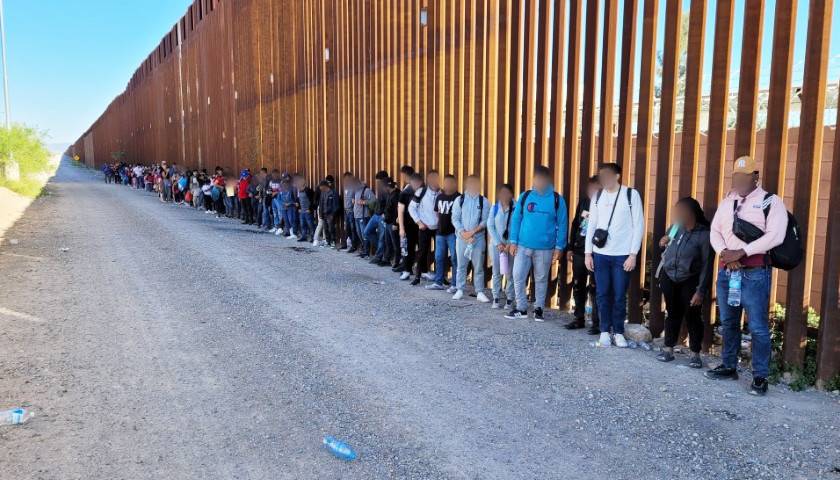by Brett Rowland
America’s population gains won’t continue forever.
The U.S. population is projected to reach a high of nearly 370 million in 2080 before falling back to 366 million in 2100, according to the latest projections from the U.S. Census Bureau released Thursday.
By 2100, the total U.S. resident population is projected to increase 9.7% from 2022. The Census Bureau projections provide possible scenarios of population change for the nation through the end of the century.
“In an ever-changing world, understanding population dynamics is crucial for shaping policies and planning resources,” said Sandra Johnson, a demographer at the Census Bureau.
The projections show slower growth than was previously expected.
“The U.S. has experienced notable shifts in the components of population change over the last five years,” she said. “Some of these, like the increases in mortality caused by the COVID-19 pandemic, are expected to be short-term while others, including the declines in fertility that have persisted for decades, are likely to continue into the future. Incorporating additional years of data on births, deaths and international migration into our projections process resulted in a slower pace of population growth through 2060 than was previously projected.”
The Census Bureau projections show possible paths of population change based on assumptions about births, deaths and migration.
The 2023 projections include a main series (also known as the middle series) considered the most likely outcome of four assumptions, and three alternative immigration scenarios that show how the population might change under high, low and zero immigration assumptions.
- By 2100, the total population in the middle series is projected to reach 366 million compared to the projection for the high-immigration scenario, which puts the population at 435 million. The population for the middle series increases to a peak at 370 million in 2080 and then begins to decline, dropping to 366 million in 2100. The high-immigration scenario increases every year and is projected to reach 435 million by 2100.
- The low-immigration scenario is projected to peak at around 346 million in 2043 and decline thereafter, dropping to 319 million in 2100.
- Though largely illustrative, the zero-immigration scenario projects that population declines would start in 2024 in the complete absence of foreign-born immigration. The population in this scenario is projected to be 226 million in 2100, roughly 107 million lower than the 2022 estimate.
Immigration is projected to be the main driver of population growth under three of the four scenarios. The zero-immigration scenario is the exception. The projections show reduced fertility and an aging population result in natural decrease – more deaths than births – in all scenarios. This happens in 2038 in the main series, 2033 in the zero-immigration scenario, 2036 in the low-immigration scenario and in 2042 in the high-immigration scenario.
– – –
Brett Rowland is an award-winning journalist who has worked as an editor and reporter in newsrooms in Illinois and Wisconsin. He is an investigative reporter for The Center Square.






